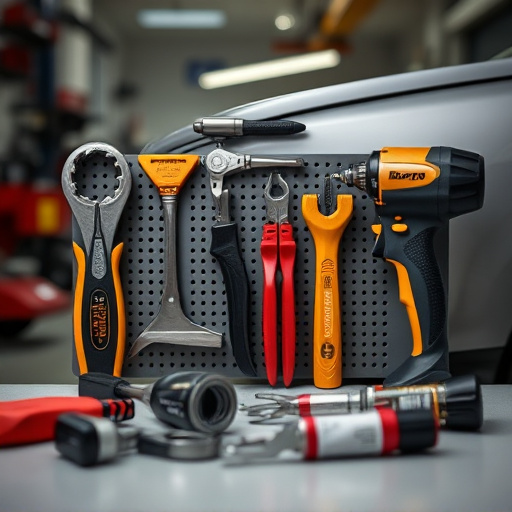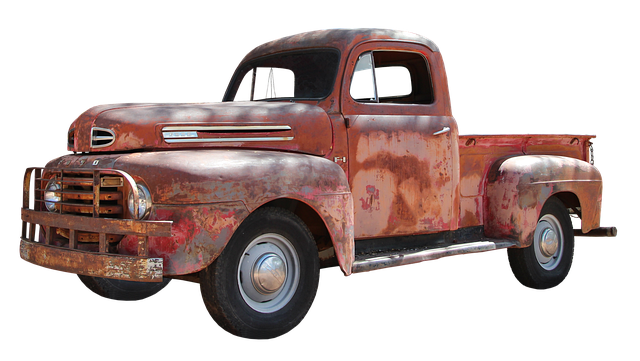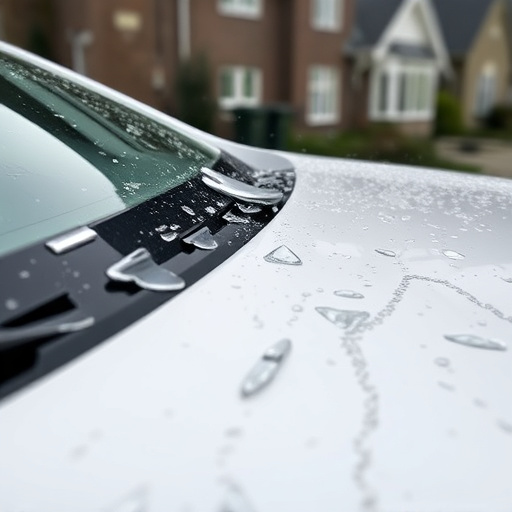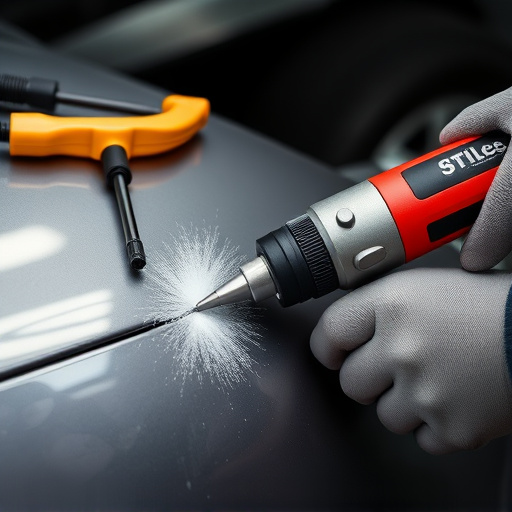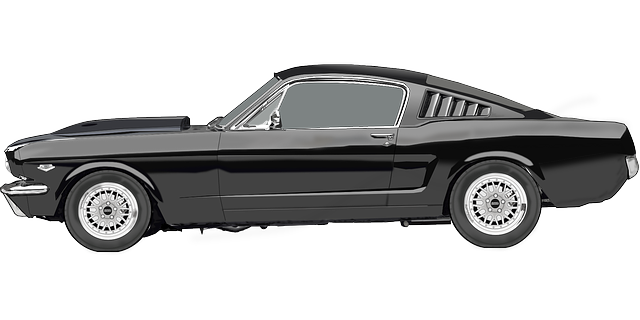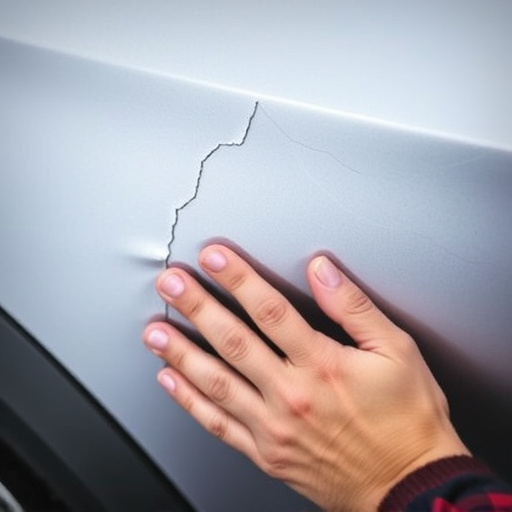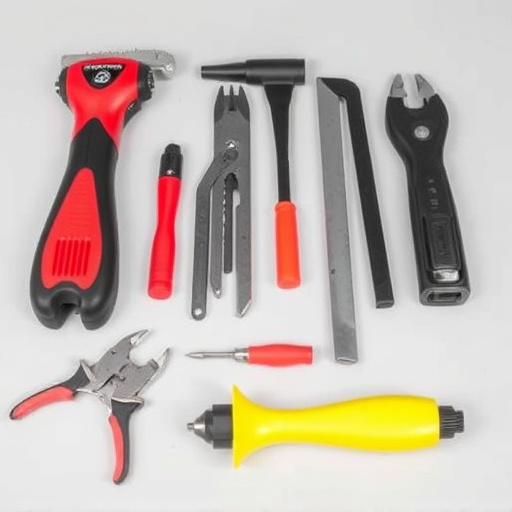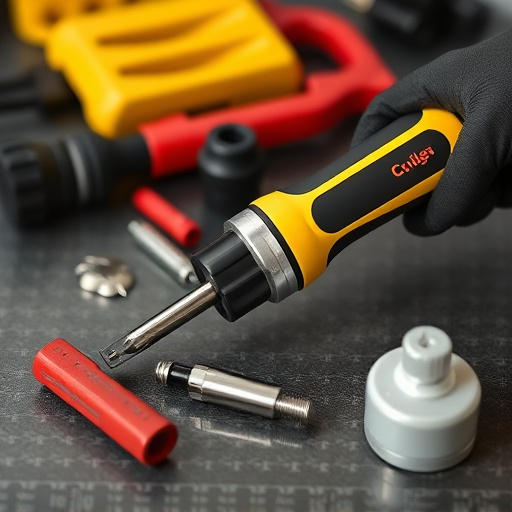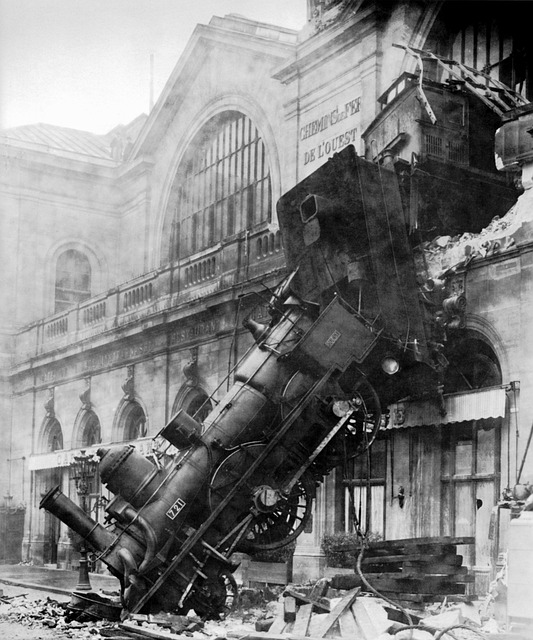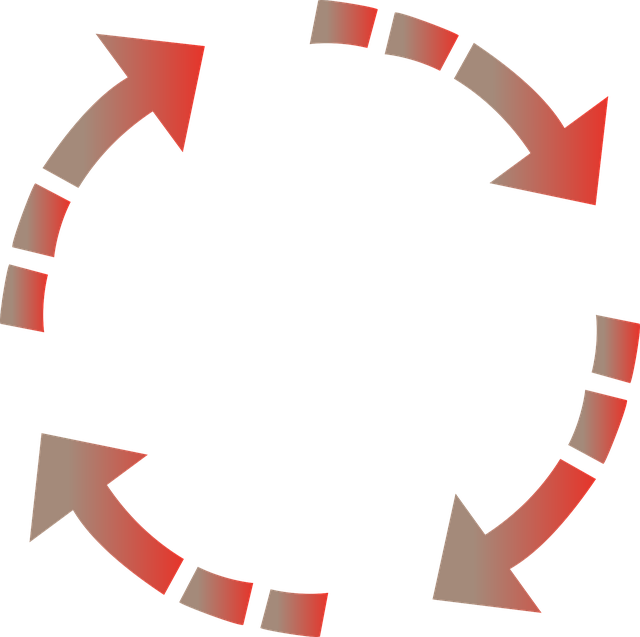Insurers and automotive experts conduct detailed post-accident frame analyses to assess structural integrity of vehicle components like crumple zones, roof rails, door frames, body panels, and brakes using advanced tools such as 3D scanning and thermal cameras. This meticulous process identifies visible and hidden damage, guides accurate collision and dent repair estimates, and restores vehicles to pre-accident condition with enhanced safety and aesthetic standards.
In the intricate process of post-accident frame analysis, insurance professionals and experts delve into a meticulous examination beyond mere visual inspection. This article explores the critical mechanics behind dissecting vehicle frames after a crash. From key components insurers scrutinize to the integration of advanced technologies, each aspect contributes to a comprehensive assessment. Understanding these elements is pivotal for accurate repairs, cost-effective solutions, and ensuring safety in the automotive industry.
- Key Components Insurers Inspect During Frame Analysis
- Beyond Visuals: What Experts Consider For Comprehensive Assessment
- Advanced Technologies Shaping Post-Crash Frame Examination
Key Components Insurers Inspect During Frame Analysis
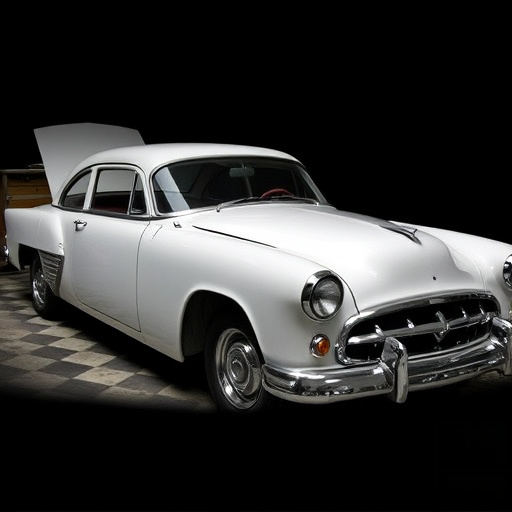
When conducting a post-accident frame analysis, insurers scrutinize several critical components to assess the extent of vehicle damage and determine the scope of repairs needed. These include examining the structural integrity of key frames such as the crumple zones, roof rails, and door frames. Insurers also inspect for misalignments, cracks, or deformations that could indicate hidden damage not immediately apparent during a visual inspection.
Additionally, they carefully assess the condition of various exterior panels, including body panels, fenders, and doors, looking for dents, scratches, or misalignment that may require professional fleet repair services or collision damage repair. The goal is to ensure that the vehicle is safely drivable after repairs are completed and that all necessary vehicle dent repair and collision damage repair has been addressed to return it to its pre-accident condition.
Beyond Visuals: What Experts Consider For Comprehensive Assessment
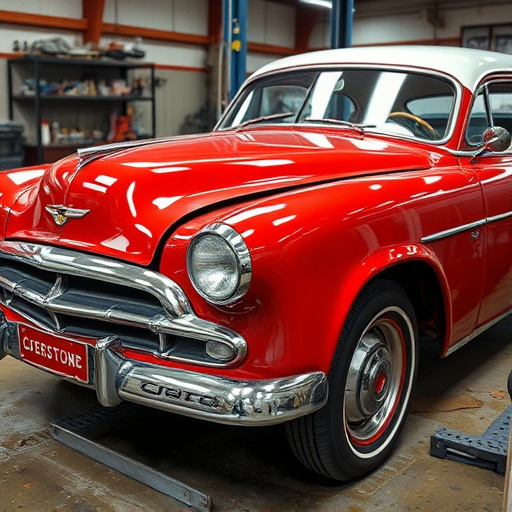
When conducting a post-accident frame analysis, experts go beyond mere visual inspections to assess every component for comprehensive understanding. While visuals are crucial, they’re only the beginning. Experts consider various factors, such as structural integrity, alignment, and the condition of vital parts like the suspension, steering system, and brakes. These elements are key indicators of the vehicle’s safety and drivability after a collision.
For instance, auto glass replacement may be necessary not just because of cracks or chips but also due to potential structural compromises. Car paint services alone can’t guarantee a safe vehicle; they must be accompanied by meticulous checks on the underlying metal for dents, deformations, or weakened spots. Comprehensive assessments involve a holistic approach, encompassing both visible and hidden damage, to ensure that every aspect of the vehicle is repaired correctly, thereby facilitating seamless car collision repair processes.
Advanced Technologies Shaping Post-Crash Frame Examination
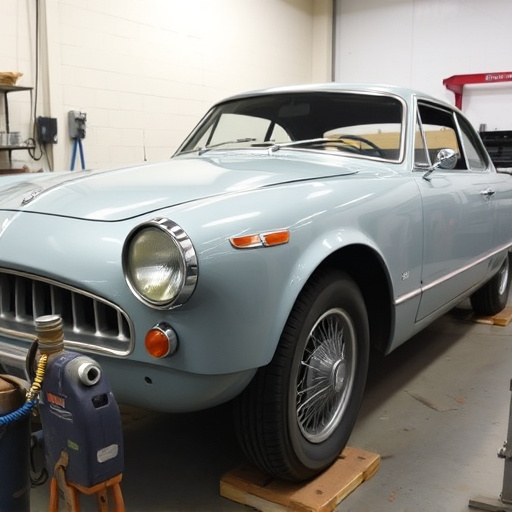
In today’s digital era, advanced technologies have revolutionized post-accident frame analysis, elevating the precision and efficiency of vehicle repair services. Tools like 3D scanning and computer-aided design (CAD) software enable detailed examination of a car’s structural integrity, even after minor accidents. These innovations not only aid in identifying intricate damage but also facilitate more accurate estimates for hail damage repair or other incidents, ensuring that every component is considered.
Additionally, advanced imaging techniques such as thermal cameras and high-resolution photography provide valuable insights into hidden issues. This comprehensive approach ensures that car paint services are not merely superficial repairs but comprehensive treatments, addressing all underlying structural problems. As a result, vehicles undergo metamorphosis from damaged to restored, leaving indelible marks of enhanced safety and aesthetics.
Post-accident frame analysis is a meticulous process that goes beyond mere visual inspection. Insurers and experts alike delve into various components, utilizing advanced technologies to ensure a comprehensive assessment. By considering not just the visible but also the underlying structural integrity, these professionals can accurately determine repair feasibility and identify any potential safety risks, ultimately facilitating safer roads and more effective claim management.
